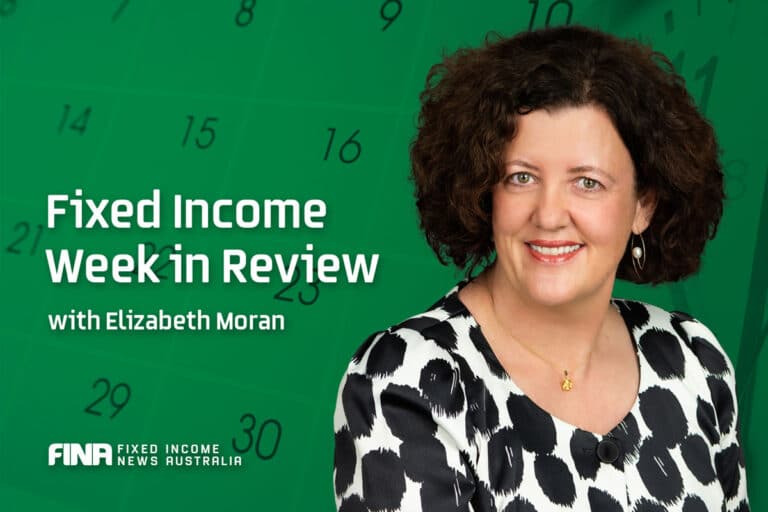
The US government closed its doors last week as it reached an impasse on a number of important health care budget issues. Under US law, different branches of government have to reach an agreement on spending plans before they are approved.
The Republicans currently control both chambers of Congress. But in the Senate, they are 60 votes short and need cooperation to pass the spending bill. This gives the Democrats some negotiating power.
There have been all sorts of consequences. Essential workers have to plough on without being paid, while non-essential workers take leave without pay. Statisticians are non-essential, so important market data is not being released, calming markets. US bond market volatility is almost at a four-year low.
I found Federated Hermes’ Debra Cunningham’s comments on interest rates, given the shutdown, interesting:
How fast the Federal Reserve takes to get to its terminal rate is far from certain. While its latest Summary of Economic Projections indicates decent consensus for two more 25 basis-point cuts this year, which would lower the target range to 3.50-3.75%. But if the current US government shutdown prevents the Bureau of Labor Statistics from releasing the September jobs report this Friday, it is conceivable the Fed will hold rates steady at the October meeting. That would add further uncertainty to longer-term forecasts.
The crucial one is Fed officials’ predictions of where rates will be in the future, indicated by black dots plotted on a graph. Well, the “dot plot” for 2026 looks like it was hit by buckshot. The wide dispersion likely reflects the reservation about President Trump’s pressure campaign. The legality of his removal of Lisa Cook from the board of governors is now in the hands of the Supreme Court. Whatever the outcome, the administration surely will continue its attempts to limit Fed independence, leading to the extra dose of uncertainty.
Emerging markets (EM) have seen a record rally given a weakening US dollar and a recent Reuter’s article points to EM private credit as a growth market.
Our lead article this week is from Kellie Wood at Schroders, who examines global market conditions and portfolio positioning. Interestingly, they are reducing interest rate risk.
Ever-popular Emma Lawson from Janus Henderson is back with her monthly Australian outlook.
PIMCO has released its latest 6–12 month outlook on the global economy and markets. Three key forces are expected to influence markets – tariffs, tech investment and challenges to institutions. Read about how they are influencing investment decisions.
Finally, the Pengana Global Private Credit Trust (ASX: PCX) has announced a new entitlement offer.
Have a great week!



























